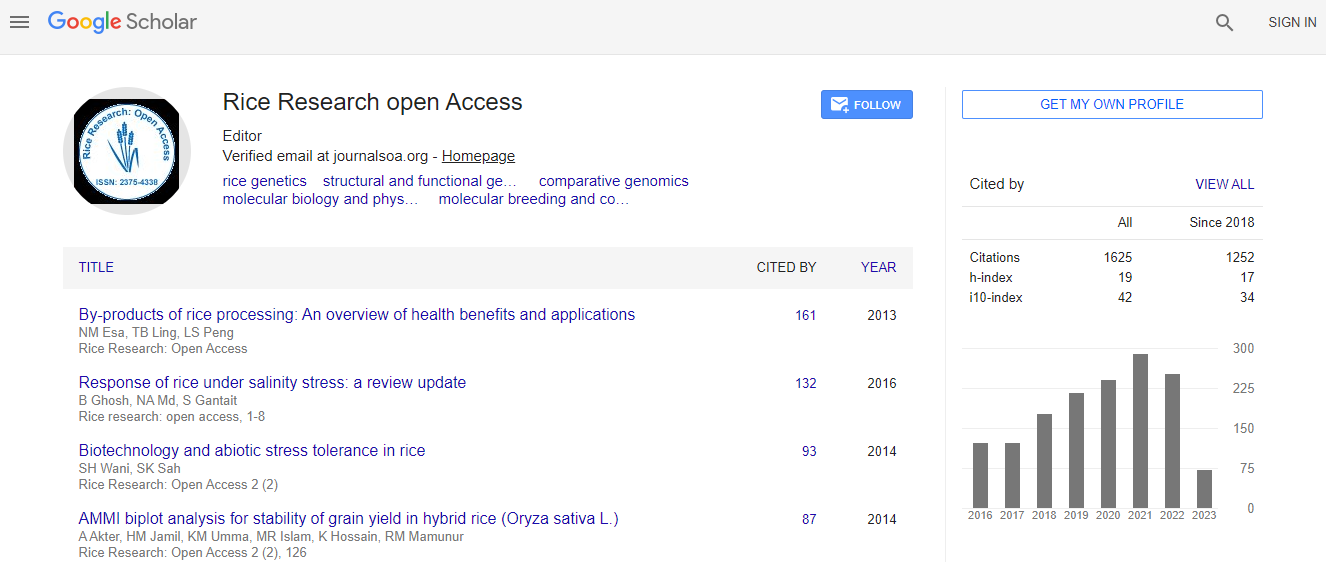Research Article
Methane Emission Trend based on the Water Management during Rice Growing and Non-growing Seasons
Graduate School of Frontier Sciences, The University of Tokyo, Kashiwanoha 5-1-5, Kashiwa City, Chiba Prefecture 277-8563, Japan
- Corresponding Author:
- Ishwar Pun
Graduate School of Frontier Sciences
The University of Tokyo, Kashiwanoha 5-1-5
Kashiwa City, Chiba Prefecture 277-8563, Japan
Tel: +81-4-7136-4850
Fax: +81-4-7136-4842
E-mail: punisr@gmail.com
Received Date: 21 June, 2016; Accepted Date: 22 September 2016; Published Date: 29 September 2016
Citation: Pun I, Yamaji E (2016) Methane Emission Trend based on the Water Management during Rice Growing and Non-growing Seasons. J Rice Res 4:176. doi: 10.4172/2375-4338.1000176
Copyright: © 2016 Pun I, et al. This is an open-access article distributed under the terms of the Creative Commons Attribution License, which permits unrestricted use, distribution, and reproduction in any medium, provided the original author and source are credited.
Abstract
Paddy fields are thought to be a major greenhouse gases emitter. Several studies have investigated the reduction of greenhouse gases emission from paddy fields by applying AWD irrigation (alternative wetting and drying), a method of water management practiced during rice growing seasons. However, few studies have conducted lysimeter experiments in which the irrigation, fertilizers, and drainage system are controlled to reduce the emission. Therefore, this study was conducted in a small scale lysimeter (500×160) cm2 on the rooftop of the Environmental Studies Building in the Kashiwa campus of the University of Tokyo from May to December 2013 to investigate methane emission patterns by observing depth-wise physicochemical properties of the soil. Soil pH, ORP (Oxidation Reduction Potential), temperature, and water content were also recorded at different soil depths of 5 cm, 10 cm, 15 cm and 20 cm. Japanese rice variety Koshihikari was transplanted, and the plant was irrigated depending on rainfall events throughout the experiment. Gas sampling was performed based on the ponding condition of the lysimeter. The results showed that methane flux occurred when the ORP dropped to -150 mV at a level 5 to 15 cm deep from the upper soil surface. The methane flux was higher during the rapid development of rice plants in vegetative phase. Methane flux also showed a positive correlation with soil water content and temperature at different soil depths. The global warming potential during rice growing and non-growing seasons from total methane emission was 0.72 and -0.21 g CO2 m-2 respectively. The results suggest that avoiding water stress for plants by a proper water management during vegetative phase is effective for the mitigation of methane release.

 Spanish
Spanish  Chinese
Chinese  Russian
Russian  German
German  French
French  Japanese
Japanese  Portuguese
Portuguese  Hindi
Hindi 
